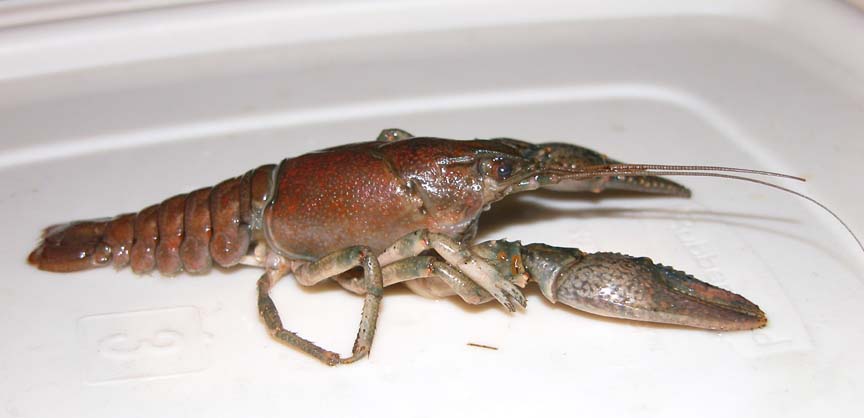Freshwater crayfish are widely distributed across the globe with the greatest species diversity present in North America, with the Northern Crayfish extending from southern Canada to the northern United States. They live under rocks in shallow regions of fresh water bodies that are not overly polluted and they breathe through their feathery-like gills. The high temperatures and low fluid conditions experienced in the summers render the water hypoxic making the crayfish vulnerable to low oxygen levels. Hypoxic conditions are then exaggerated in the winter under the ice-locked waters. Crayfish have adapted to these conditions with various physical, molecular, and biochemical adaptations.

Studies have emphasized the role of metabolic rate depression and antioxidant defenses in the crayfish response to the hypoxic/anoxic conditions they are subjected to in their environments. When the crayfish descend into this inactive state they depress their metabolic rate to 30% of normal levels, and reduce their heart rate, breathing, and movement. To survive these anoxic conditions the crayfish switches to anaerobic metabolism by generating ATP from glycolysis. This is coupled with a strong general metabolic depression of energy consuming pathways such as protein synthesis and ion channel activity.